Memory Card Classification
Hello Giktayms! Thanks to advertising, we know “that not all yogurts are equally healthy.” It is fair to say the same thing about memory cards. Somehow strange photographers, cameramen and extreme lovers are for some reason looking for high-speed cards, although it would seem what is the difference? Under the cut is the classification of memory cards and the “recommendations of the best dog breeders” for choosing a card class.
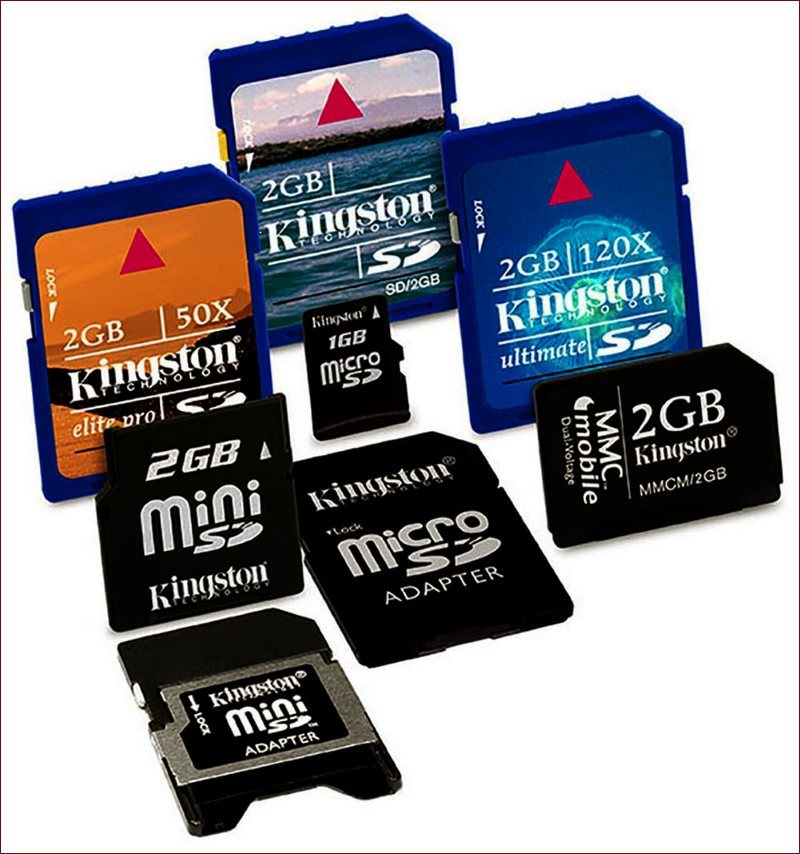
Previously, everything was conditionally simple - some kind of multiplier was put on the cards - “100x” or “133x” and it immediately became clear - who was closer to the end of the line, he was well done, well, and more expensive than all.

Such a system was applied to all standards of memory cards and ... compact disc readers. 1x = 150 Kb / s. According to this simple formula, the notation was calculated for both CD-ROM, CompactFlash, and SD (for DVD the layout is slightly different, one DVD speed equal to about 9 CD speeds - 1352 Kb / s). Immediately I will make a reservation about xD-Picture card, Memory Stick and derivatives, Multimedia Card, SmartMedia and others, which in fact have already died down in Bose standards, I will not speak about.
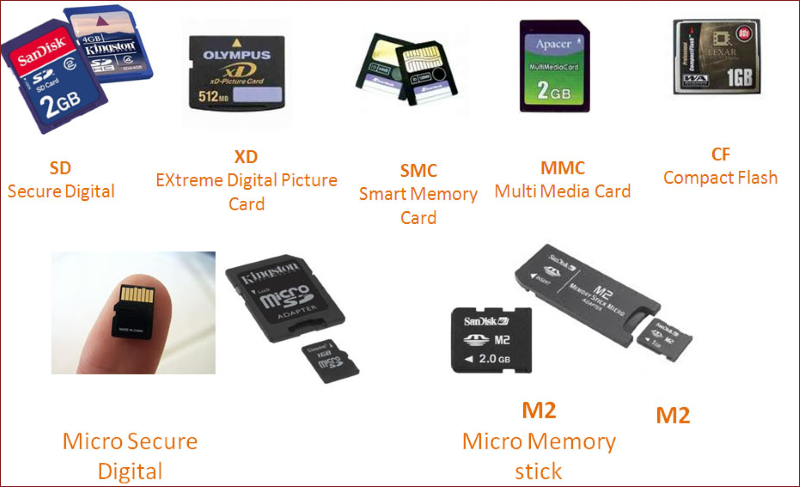
Today, CompactFlash and SecureDigital are represented (mainly) on the market today, and I’ll talk about them later (I know about the XQD format, but its niche today is limited to one camera - Nikon D4).
Compact flash- A fairly simple option for understanding - there are only two types of cards - Compact Flash I and Compact Flash II (MicroDrive). Moreover, option number two is also practically not used. Cards are not interchangeable, Compact Flash I is universal, but CF II can only be used in cameras that support CF II. There is an urban legend that the cards differ only in thickness, and the electrical component and pinout are completely identical.
Below is the layout of the correspondence of the designation “in X” of speed in megabytes.

In fact, the speed in megabytes is rarely indicated on brochures for Compact Flash memory cards - manufacturers prefer the good old X-spec. Kingston's top product range is 600x, but it would be foolish to deny that competitors specializing in professional photographic products have faster products.

Secure Digital is the most popular format at the moment, but also the most confusing. To begin with, there are three physical standard sizes of this standard - SD, miniSD, microSD.

To the little relief of the readers, miniSD has almost left the stage, and “there are two of them left”. SD - the domain of cameras, microSD - smartphones, tablets, action cameras, video recorders. There are of course exceptions, but the vast majority of devices on the electronics market are equipped that way.

Electric cards are divided into three types - SD, SDHC (Secure Digital High Capacity), SDXC (Secure Digital eXtended Capacity). Each device that is compatible with SDXC will be compatible with previous types of cards.
Classes have been introduced to indicate cards by the SD Card Association.
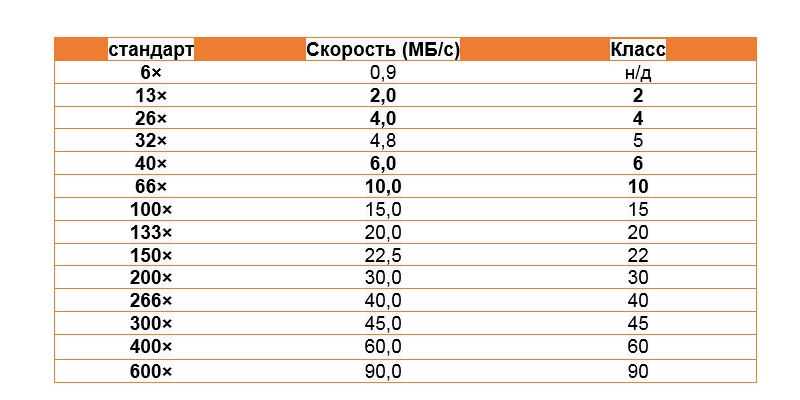
In reality, all these classes and Xs do not apply; users are accustomed to only six classes of Secure Digital memory cards. Their names, minimum values and typical applications are listed below.
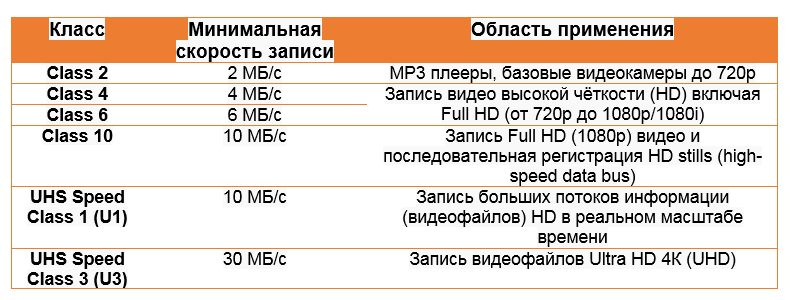
The most important thing in the production of high-end memory cards is not just to meet the minimum parameters, but to be much better in speed. Many modern action cameras shoot in 4K resolution, and all this must be recorded on a memory card, and the standard only requires 30 MB / s. It’s not without reason that high-speed cards appear, for example, Kingston UHS-I U3 , such microSDXCs allow you not to worry about missing frames on video or broken files.
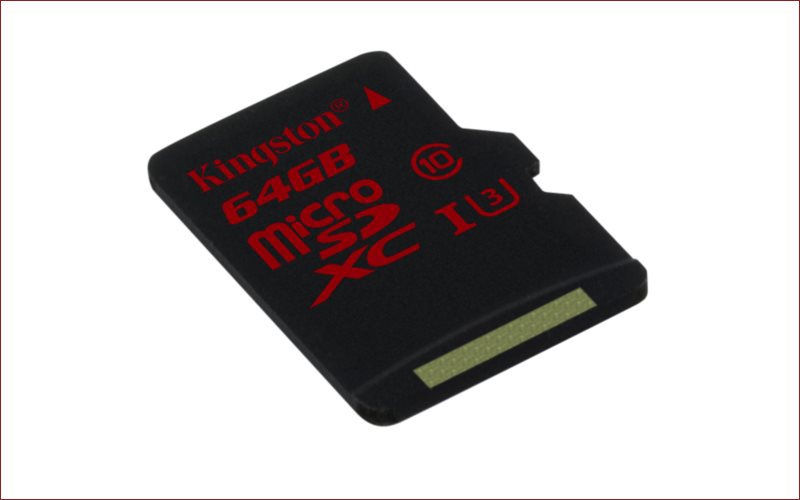
Choose your memory cards correctly and stay with our blog on GeekTimes!

Previously, everything was conditionally simple - some kind of multiplier was put on the cards - “100x” or “133x” and it immediately became clear - who was closer to the end of the line, he was well done, well, and more expensive than all.

Such a system was applied to all standards of memory cards and ... compact disc readers. 1x = 150 Kb / s. According to this simple formula, the notation was calculated for both CD-ROM, CompactFlash, and SD (for DVD the layout is slightly different, one DVD speed equal to about 9 CD speeds - 1352 Kb / s). Immediately I will make a reservation about xD-Picture card, Memory Stick and derivatives, Multimedia Card, SmartMedia and others, which in fact have already died down in Bose standards, I will not speak about.

Today, CompactFlash and SecureDigital are represented (mainly) on the market today, and I’ll talk about them later (I know about the XQD format, but its niche today is limited to one camera - Nikon D4).
Compact flash- A fairly simple option for understanding - there are only two types of cards - Compact Flash I and Compact Flash II (MicroDrive). Moreover, option number two is also practically not used. Cards are not interchangeable, Compact Flash I is universal, but CF II can only be used in cameras that support CF II. There is an urban legend that the cards differ only in thickness, and the electrical component and pinout are completely identical.
Below is the layout of the correspondence of the designation “in X” of speed in megabytes.

In fact, the speed in megabytes is rarely indicated on brochures for Compact Flash memory cards - manufacturers prefer the good old X-spec. Kingston's top product range is 600x, but it would be foolish to deny that competitors specializing in professional photographic products have faster products.

Secure Digital is the most popular format at the moment, but also the most confusing. To begin with, there are three physical standard sizes of this standard - SD, miniSD, microSD.

To the little relief of the readers, miniSD has almost left the stage, and “there are two of them left”. SD - the domain of cameras, microSD - smartphones, tablets, action cameras, video recorders. There are of course exceptions, but the vast majority of devices on the electronics market are equipped that way.

Electric cards are divided into three types - SD, SDHC (Secure Digital High Capacity), SDXC (Secure Digital eXtended Capacity). Each device that is compatible with SDXC will be compatible with previous types of cards.
Classes have been introduced to indicate cards by the SD Card Association.

In reality, all these classes and Xs do not apply; users are accustomed to only six classes of Secure Digital memory cards. Their names, minimum values and typical applications are listed below.

The most important thing in the production of high-end memory cards is not just to meet the minimum parameters, but to be much better in speed. Many modern action cameras shoot in 4K resolution, and all this must be recorded on a memory card, and the standard only requires 30 MB / s. It’s not without reason that high-speed cards appear, for example, Kingston UHS-I U3 , such microSDXCs allow you not to worry about missing frames on video or broken files.

Choose your memory cards correctly and stay with our blog on GeekTimes!
